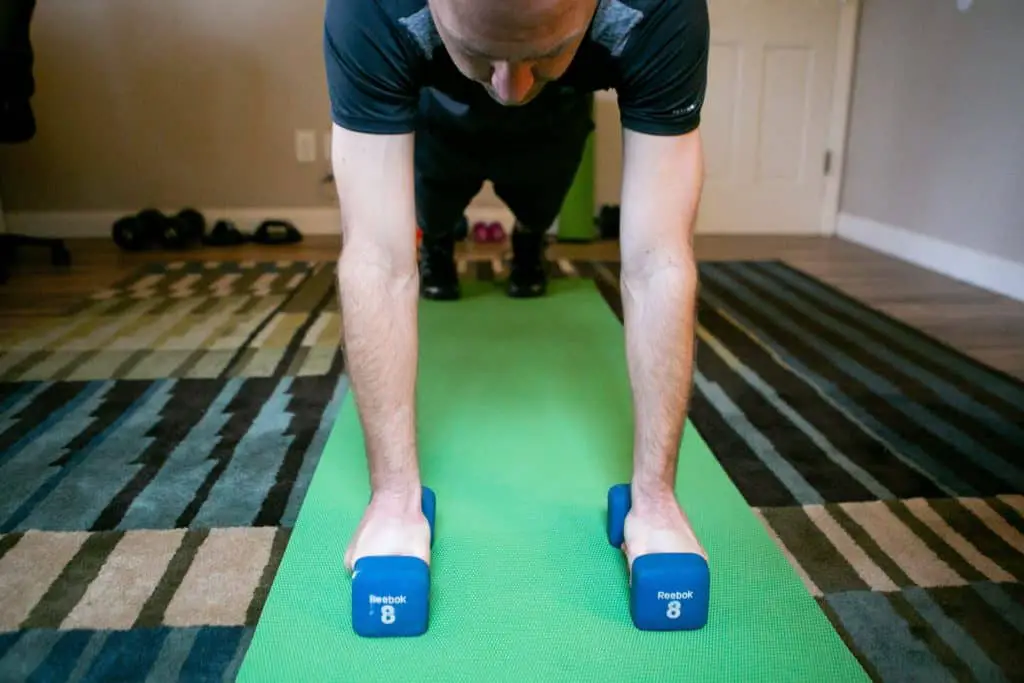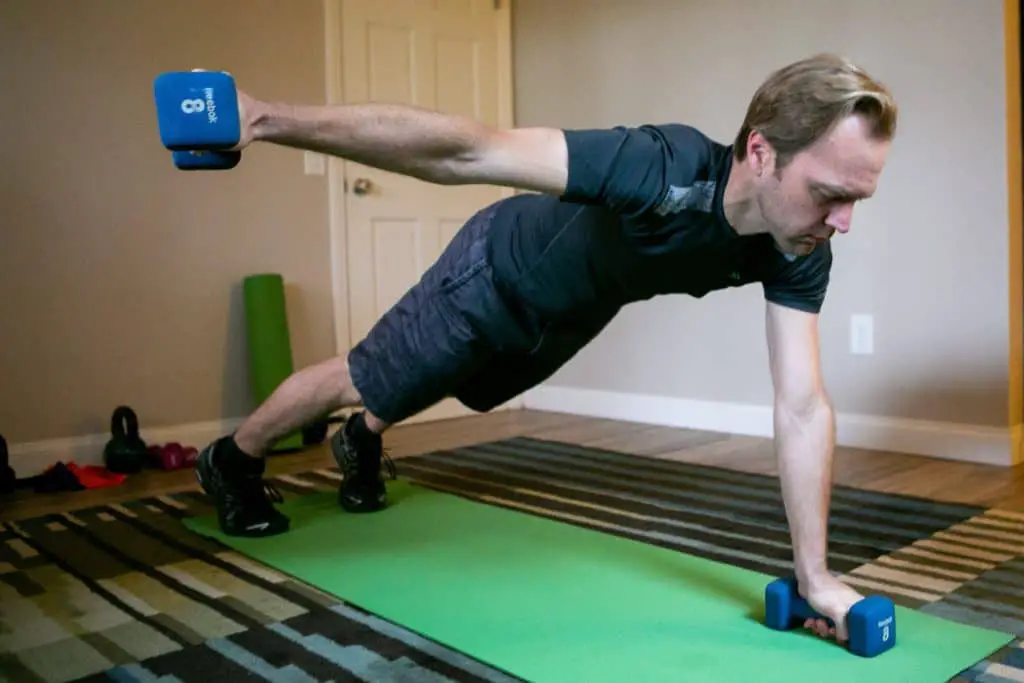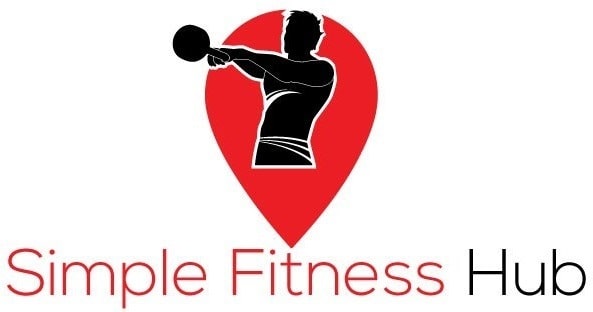Weight training has evolved over the years. More and more people are slowly integrating dumbbells as part of their workout. Dumbbells have not only proved to be versatile but also effective in working on different muscles. This is what makes dumbbell rows popular, yet we can’t stop asking, what muscles do dumbbell rows work?
What Muscles Do Dumbbell Rows Work?
A dumbbell row is an exercise that helps strengthen your biceps, back, and shoulders while you actively engage your core during the movement. The use of the dumbbells also helps create stability and balance on both sides of your body, as you workout. It stresses high amounts of your muscle tissues when performed correctly.

Dumbbell Rows target muscles in your arms as well as your lower and upper back. These muscles include:
- Latissimus Dorsi
- Posterior Shoulder Muscles
- Biceps
- Spinal Erectors
- Hamstrings and Glutes
How Do Dumbbell Rows Work on the Latissimus Dorsi?
The latissimus dorsi is a large flat muscle on the back, which stretches behind your arms, and to the sides. The trapezius partly covers it on the back near the midline. It’s also the largest muscle in your upper body.
The latissimus dorsi is responsible for the internal rotation of your shoulder joint, extension, flexion from an extended position, and transverse extension.
Although dumbbell rows require the use of your arm, it’s your back that mainly benefits from the workout. When you perform a one-arm dumbbell row with perfect form, it becomes the perfect exercise to work your back. The up and down movement of the dumbbell row helps strengthen your latissimus dorsi.
How Do Dumbbell Rows Work on the Posterior Shoulder Muscles?
The rhomboid muscles are underneath your trapezius muscle on your lower back. They play a significant role when it comes to your posture. Its rhombus-shape enables this muscle to pull your shoulder blades together, rotate the scapular, and provide adequate stability for your shoulders.
While Scapular Stabilizers are muscles that surround your shoulder blade or scapula. They are crucial in helping you maintain the biomechanics and normal function of the shoulder joint.
The first step of the dumbbell row workout requires you to squeeze the shoulder blades. Squeezing the shoulder blades while lifting the dumbbells ensures that you don’t hurt your shoulder blades in the long run. The pressure you exert on the shoulder blades during the squeeze works on the Rhomboids, and Scapular Stabilizers.
How Do Dumbbell Rows Work on the Biceps?
Biceps are the muscles on the front part of your upper arm. They connect to the arm bones by connective tissues referred to as tendons. These tendons enable the biceps to contract easily without hurting your arm in the process. When your biceps contract, it pulls your forearm up and rotates it outward.
Almost all dumbbell row workout variations require the use of the biceps. While it might not be the primary muscle group that lifts the dumbbell, it’s still part of the entire workout process. However, make sure you don’t lift the dumbbell with your biceps, as this can have an effect on your elbows.
Lifting the dumbbell with your biceps can also prevent the exercise from working on this muscle group. This only ends up causing you to strain your biceps rather than work them.
How Do Dumbbell Rows Work on Spinal Erectors?
Spinal erectors or erector spinae are a group of tendons and muscles that run the length of your spine on the right and left. These set of muscles help to rotate and straighten your back.

The one rule every fitness expert emphasis on when performing the dumbbell row exercise is to pull the dumbbell with your back. Pulling the dumbbell with back ensures that your elbow and biceps don’t strain in the process. It also allows you to work on the largest muscle grow on your back, the spinal erectors.
How Do Dumbbell Rows Work on the Hamstrings and Glutes?
Hamstrings are one of the three muscles on the posterior thigh in between the knee and hip. While glutes are a large group of three sets of muscles that make the buttocks. The function of glutes includes internal rotation and external rotation of your hip joint.
The one-legged dumbbell row works on the glutes and hamstrings muscles. This exercise requires you to have one leg raised, as you lift the dumbbells. Raising your leg causes you to engage your glutes and hamstrings to help keep you from falling. As you lift the dumbbell, you also engage your back, biceps, and shoulders.
Conclusion
The dumbbell row is an important back exercise that not only benefits athletes but for every lifter. Whether you are looking to improve your strength, back, or grow your muscles, dumbbell rows are excellent training options.
